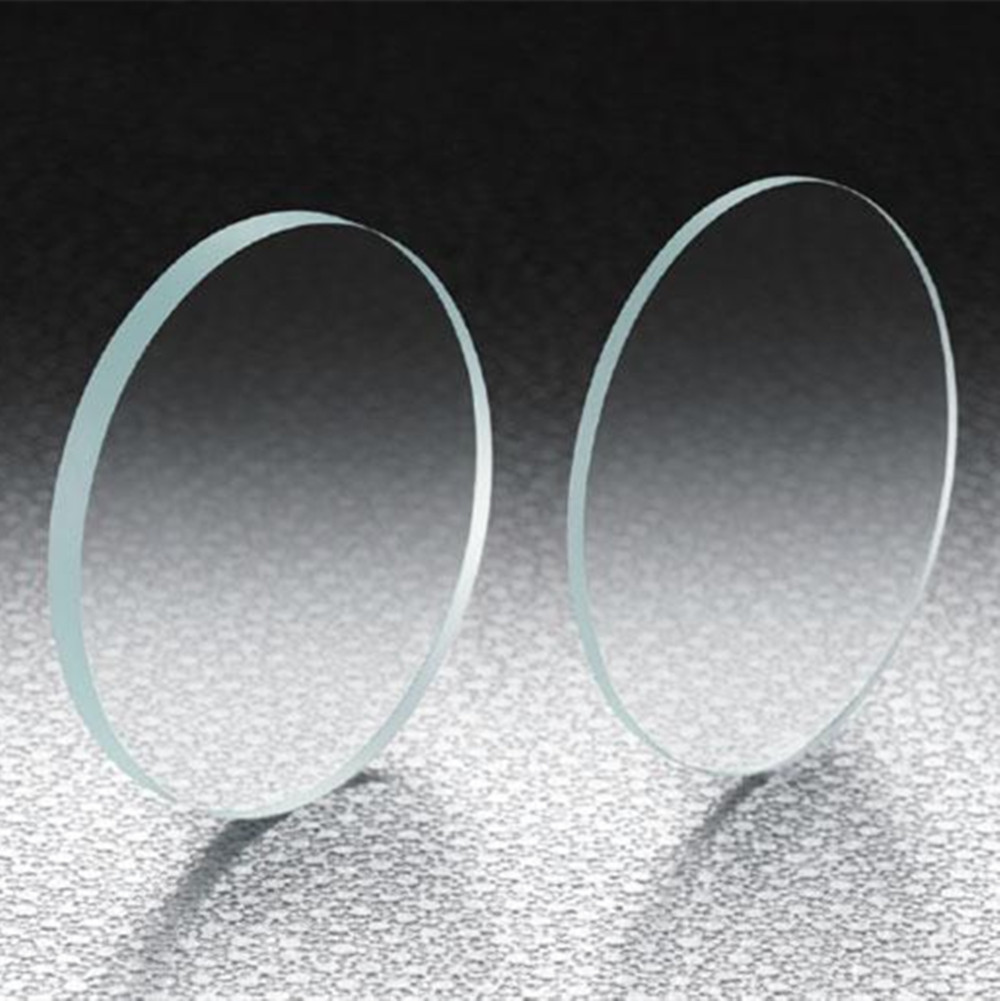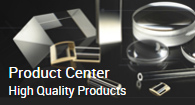Characteristics and Applications of Sapphire Windows
The characteristic of sapphire windows is good transmittance in the ultraviolet, infrared, and visible light bands, with a transmittance range from about 190nm ultraviolet to about 5000nm mid infrared. It can transmit wavelengths of 0.2-5.5 μ m (200nm to 5500nm) and work together with ultraviolet, visible, or almost infrared light.
The characteristic of sapphire windows is good transmittance in the ultraviolet, infrared, and visible light bands, with a transmittance range from about 190nm ultraviolet to about 5000nm mid infrared. It can transmit wavelengths of 0.2-5.5 μ m (200nm to 5500nm) and work together with ultraviolet, visible, or almost infrared light.Mechanical properties: The Mohs hardness is about 9, second only to diamond, and it has high wear resistance and scratch resistance; The compressive strength can reach 2000Mpa, the bending strength is 1540Mpa, and the Young's modulus of elasticity is 345GPa. It has high strength and can be manufactured with strict tolerances and thicknesses.
Thermal properties: It can operate effectively at temperatures up to 2030 degrees Celsius, maintain its structural and optical properties in extreme high temperature environments, and has excellent thermal conductivity even at low temperatures.
Chemical properties: It can withstand acid-base impacts up to 1000 degrees Celsius, resist the effects of hydration and weathering, have strong corrosion resistance, and can stably respond to corrosive environments for a long time.

In the military field, it is used for night vision infrared and far-infrared sights, night vision cameras, as well as satellite and aerospace technology instruments and meters. It can maintain stable optical performance in complex and harsh military environments, providing clear vision and accurate signal transmission for military equipment.
Aerospace field: As the infrared and ultraviolet windows of aerospace instruments, they can withstand extreme temperature and pressure changes at high altitudes, as well as radiation and micrometeoroid impacts in the space environment, ensuring the normal operation of instrument equipment and observation of the external environment.
In the industrial field, pressure resistant windows are used in scenarios such as high-pressure reactors, deep water, geological exploration, chemical engineering, and vacuum vessels. With their high strength and corrosion resistance, they can provide reliable observation windows for equipment under harsh conditions such as high pressure and high corrosiveness.
Research field: Suitable for low-temperature experimental observation ports, window materials for high-intensity lasers, etc. In laser experiments, it can withstand the impact of high-energy lasers, ensuring the transmission of lasers and the safe conduct of experiments; In low-temperature experiments, its good performance at low temperatures helps to accurately observe experimental phenomena.
Medical field: In some medical devices, such as laser therapy equipment, optical diagnostic instruments, etc., as optical windows, they can meet the equipment's requirements for high-precision and high stability optical components. At the same time, their corrosion resistance also facilitates equipment cleaning and disinfection.
Electronic field: Used for manufacturing screens or protective windows for electronic products such as mobile phones and watches. Like a watch mirror, its high hardness and abrasion resistance can effectively prevent surface scratches and maintain good visibility.
With the advancement of technology, sapphire windows are developing towards larger sizes, higher purity, and lower stress. The ultrasound assisted in-situ 3D rapid liquid-phase additive bonding method provides a new approach for the manufacturing of large-sized sapphire windows, which can achieve basic homogeneity and isomorphism between the joint and the base material, improve the transparency and mechanical properties of the joint.

